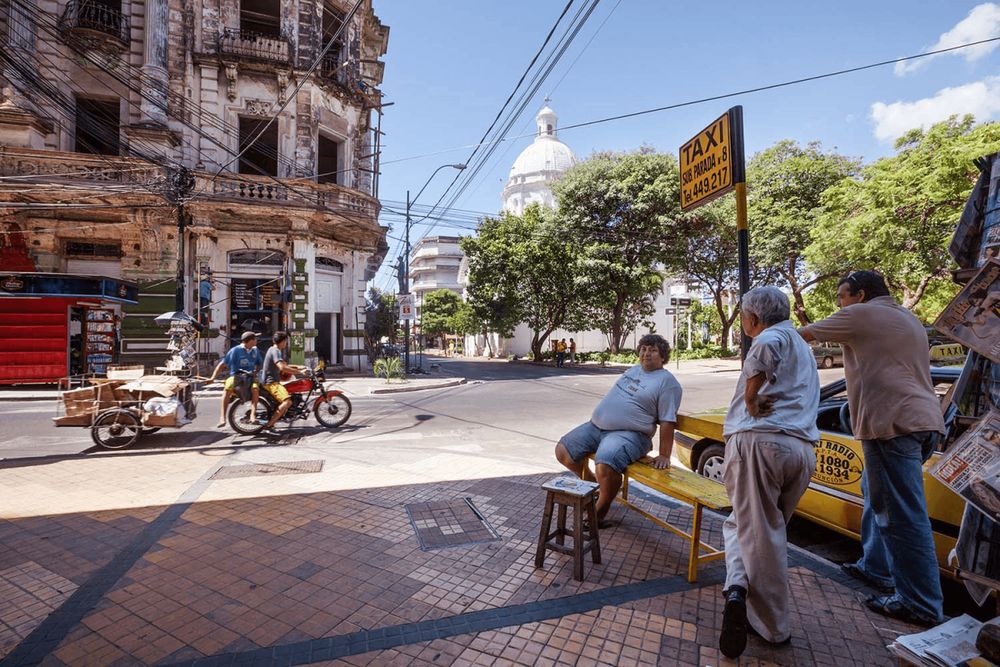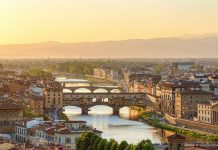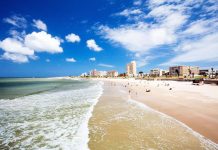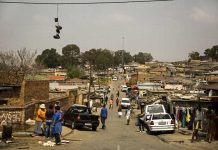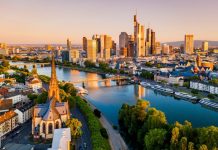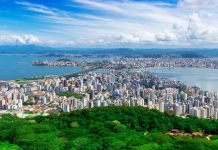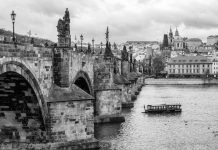Nuestra Señora de Santa Maria de Asuncion “, better known under the name of Asuncion, is the capital of Paraguay.
It was founded in 1537 by Juan de Salazar y Espinoza on the banks of the Paraguay River and being a well fortified town became the principal city of the conquistadores
who used it as a basis of supplies for their operations in the search of Eldorado.
Asuncion developed quickly as from 1828 to become an increasingly significant city. Today the population of Asuncion consists of over 600.000 inhabitants and close to 1.22 million with its numerous surrounding “dormitory” towns such as Luque, San Lorenzo, Limpio, etc.
Asuncion presents many monuments, testimony of its historical past, but has also become a thriving modern city being the administrative and financial center of the country together with its vital river port.
To discover in Asuncion:
- The Presidential Palace.
- Palma and Estrella streets that are known as the main shopping area. Brasilia street, commencing at España, can be considered one, if not the main gastronomical area with its numerous “parrilladas”.
- Plaza de los Heroes.
- The Legislative Palace
- The Central Station, of English architectural style, where you will discover the oldest steam trains of the Southern continent and still in activity of course! (see below)
- The old Opera House of Asuncion, strongly inspired by the Scala of Milan, and at present being completely renovated.
- The National Pantheon.
Amongst the many churches which often present parts of indigenous religious art of Guarani origin, can be mentioned:
- The Church of Trinidad built in 1854, near the Hotel Westfalenhaus
- Churches of Recoleta, Encarnacion and San Castling
- Then of course there is the Cathedral, reflection of the colonial architecture of the Jesuits, which also shelters a museum of religious objects.
Among the museums:
- The Museum Dr. Andres Barbero, anthropological museum which presents a beautiful collection of Guarani objects, indigenous weapons and musical instruments. The Indian Museum and the Museum of Natural History located close to the Botanical Gardens and the Zoo.
- The National Museum of Modern Arts.
Do not forget to visit the Presidente Carlos Antonio Lopez train station that was built in 1860 that shelters the oldest steam trains of the Southern continent and which are still being used as a means for transporting passengers and goods.
Trains of this type, true museums on rails, still function between Asuncion and Aregua on the banks of the Ypacarai lake with connections that continue until Villarrica.
A second railway, dating from the same era, still functions for a few kilometers in the wild territory of the Chaco, and is to be found starting in the port of Casado.
A true paradise for old train amateurs. Some engines, a passenger carriage and some freight cars that are stored there and in full usage can, on request, be hired to runa score or so of kilometres.





















